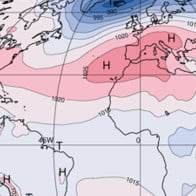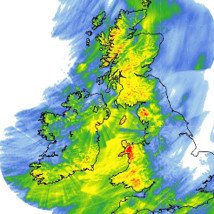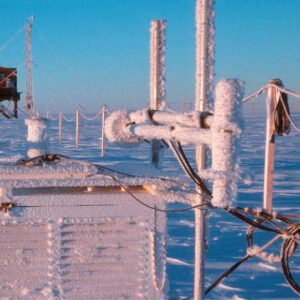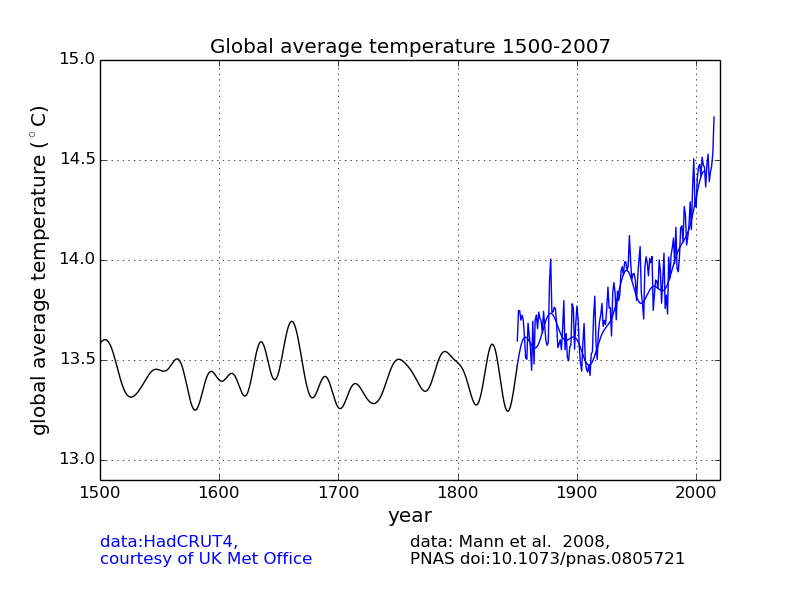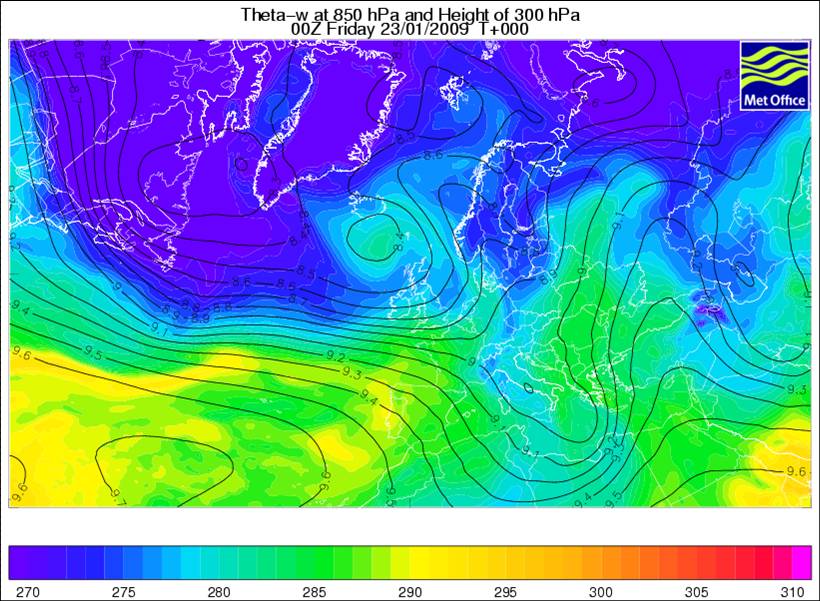Weather and Climate: a Teachers’ Guide
Pathway: Basic weather
Weather and Climate – Atmospheric and Oceanic Circulation – Climate Zones – Air Masses
Lesson overview: In this lesson we investigate
the characteristics of the major air masses which can affect the British Isles
and introduce wind roses to investigate common wind directions and associated
air masses.
Air masses are large volumes of air that have relatively uniform characteristics and can extend over hundreds of miles. Classified according to the region in which they formed and the path they take to reach us, air masses strongly influence the weather we experience in the UK. Air masses that affect the UK are predominantly Polar maritime and Tropical maritime but also Polar continental, Tropical continental and Arctic maritime. The source regions of air masses are the high pressure regions associated with the Global Atmospheric Circulation. One air mass brings different weather to different parts of the country, for instance warming as they travel southwards, or drying out as they progress over land. The temperature and humidity characteristics of air masses will change with climate change.
Learning objectives:
-
To be able to describe the five major air masses that affect the UK.
-
To be able to draw and interpret a wind-rose diagram.
-
To be able to describe and explain the weather associated with different air masses and how they affect day-to-day life in the UK.
Key Teaching Resources
Air Masses PowerPoint
Air Masses PowerPoint (easier)
Air Masses Information Sheet
Wind Rose
Air Masses Table
Air Masses Table (easier)
Teacher CPD/ Extended Reading
Air Masses – More for Teachers
and a Blog post with simple animations also in the context of a short explainer YouTube video.
Alternative or Extension Resources
Air Masses – a Human Board Game
Air Masses – identifying case studies on Synoptic charts (advanced)
